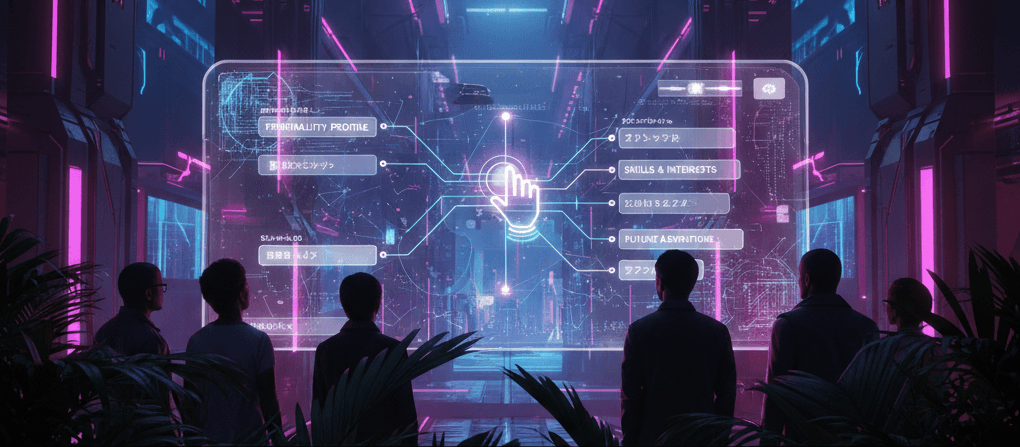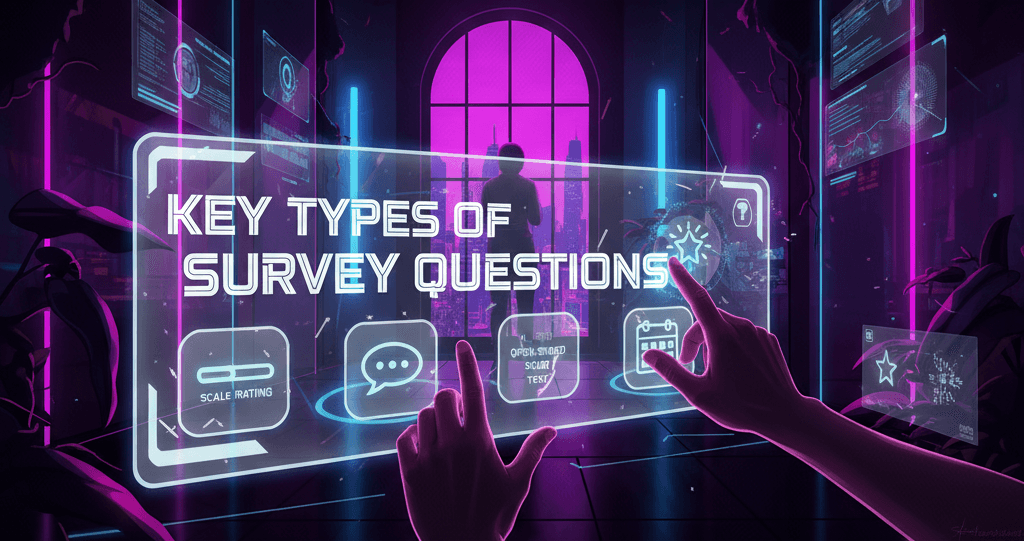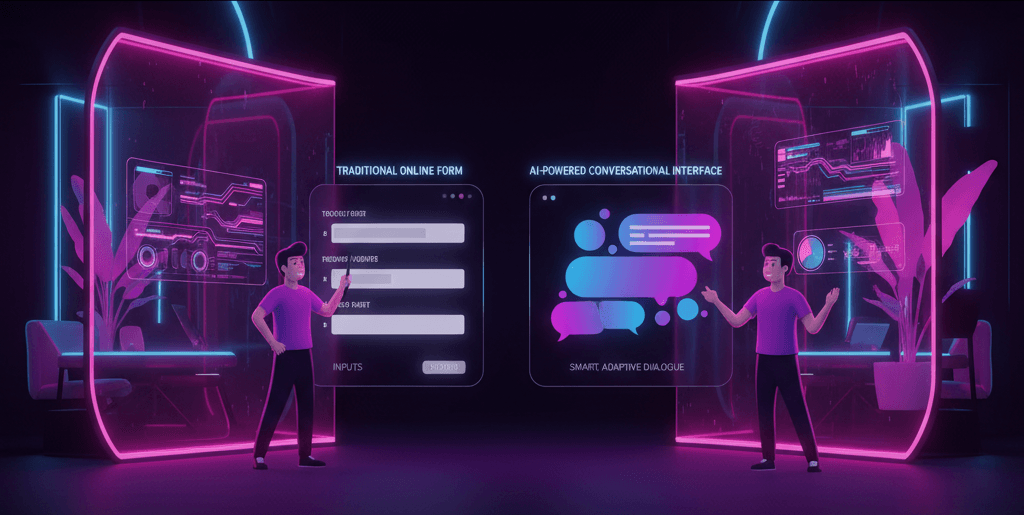In the evolving world of digital interactions, traditional forms are no longer meeting user expectations for engagement and efficiency. Forms used to be static, often lengthy, and time-consuming, leading to low completion rates and limited customization options. With the arrival of AI-powered form design, however, creating forms has become faster, smarter, and more adaptive to user needs. Now, tools like Zinq AI are pushing the boundaries of form creation, introducing a new generation of intuitive, responsive, and personalized forms.
In this blog, we’ll explore how AI advancements are transforming form design and what users can look forward to in the future of AI-driven forms.
The Role of AI in Modern Form Design
AI has streamlined the form creation process, automating design elements and enhancing usability in ways that were previously impossible:
1. Automating Form Creation
AI tools save significant time by automating many steps in form creation. Rather than manually selecting question types, layouts, and formatting, AI can instantly generate these elements based on the data you want to collect. Whether it’s creating an onboarding survey or a feedback form, AI automates these repetitive tasks, allowing users to set up forms quickly and accurately.
2. Smart Suggestions and Customization
AI can suggest optimized questions, field types, and even layouts based on user behavior and industry standards. By analyzing past responses and common patterns, AI helps form creators build highly targeted, effective forms that address specific needs, leading to more precise data collection.
3. Real-Time Adaptability
AI-driven forms can adjust questions and formats on the fly based on user responses. This adaptability helps keep forms relevant to each user, ensuring they only answer questions that matter to them. Such real-time adaptability enhances user experience and improves engagement by personalizing each step of the form.
Key Ways AI is Shaping the Future of Form Design
Conversational and Interactive Forms
AI enables forms that feel more like conversations, guiding users through questions in a friendly, conversational tone. Instead of overwhelming users with a list of questions, conversational forms present one question at a time, making the experience feel manageable and personal. This approach increases response rates and is particularly effective for long surveys or complex feedback forms.
Personalized Form Experiences
AI can tailor forms to individual users by analyzing their responses in real time. For example, if a customer shares a positive review about a product, AI can automatically follow up with questions about what they enjoyed most. This customization leads to more thoughtful responses and higher data quality by creating a form experience that feels tailored to each user’s unique journey.
Intelligent Field Recommendations
AI can recommend optimal field types based on the type of data being collected. If a form needs to gather dates, for instance, AI may suggest a date picker, while a numerical input might be recommended for age or quantity fields. This feature not only saves setup time but also improves data quality and enhances the user experience.
Automated Data Validation and Error Reduction
AI-powered forms validate data inputs in real time, catching errors or inconsistencies before the form is submitted. For example, an AI form can detect and flag improperly formatted email addresses or alert users if a required field is left blank. This validation ensures that responses are accurate, reducing the need for manual data cleaning.
Enhanced Data Analysis and Insights
AI extends beyond form creation by enabling deep data analysis. After responses are collected, AI tools can generate insights, identifying trends, patterns, and sentiments in responses. This level of analysis allows businesses to understand not only what users are saying but also why they feel that way, leading to more informed and timely decision-making.
Voice-activated and Multi-Modal Forms
Voice-activated forms are emerging as a forward-thinking feature in AI-driven form design. By allowing users to interact with forms via voice commands, AI enhances accessibility and creates a more seamless experience. Multi-modal forms, which incorporate text, voice, and even image uploads, expand the range of data that can be collected in innovative ways.
Predictive and Proactive Questioning
AI’s predictive capabilities allow forms to anticipate and present relevant questions based on previous responses. If a respondent indicates they are interested in a specific feature, the AI can proactively offer follow-up questions on that topic, making the form feel like a dynamic conversation. This predictive questioning shortens form length while gathering essential information, increasing completion rates and response quality.












